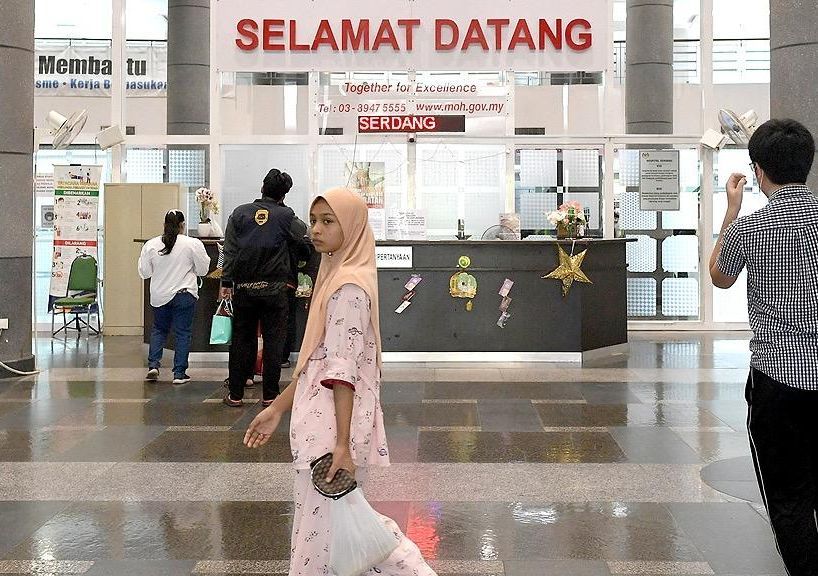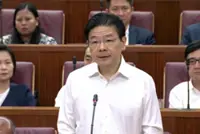
Indian PM Narendra Modi used a desk plaque that said "Bharat" on the day of the G20 summit in New Delhi, on Sept 9. - PHOTO: REUTERS
BENGALURU: Eyebrows were raised when “Bharat” instead of India was used at the recent Group of 20 (G-20) meetings in New Delhi to describe the host country, prompting global speculation about whether the world’s most populous country is planning to change its name.
Yet the debate is a familiar one to locals, with some believing that the nomenclature battle between the ruling and opposition parties is an unnecessary distraction while others think it is warranted for the country to assert its identity.
During the G-20 meetings over the weekend, Prime Minister Narendra Modi’s desk plaque displayed Bharat while President Droupadi Murmu was described as “President of Bharat” in her dinner invites to officials. A spokesperson for the ruling Bharatiya Janata Party (BJP) also referred to Mr Modi as the “Prime Minister of Bharat” while tweeting ahead of his visit to Indonesia on Sept 7.
The Indian government usually uses “India” when the text is in English, and “Bharat” when it is in the Hindi, but the departure from this convention in an international forum has raised questions about whether a national rebrand is coming.
No official agency has confirmed such a change, but with national elections due in 2024, Mr Modi’s Hindu nationalist BJP has rekindled an old debate that has now seen lines drawn between secularism and Hindu nativism.
An alliance of 28 opposition parties, including the Congress Party, in July named itself I.N.D.I.A. or Indian National Developmental Inclusive Alliance, saying it represented secular ideals. Meanwhile, BJP parliamentarian Dilip Ghosh said this week that India would be renamed Bharat and those opposing it “are free to leave the country”.
The name change has drawn support from the likes of former Indian cricketer Virender Sehwag, a known supporter of the ruling BJP. He requested the national cricket authority’s chairman Jay Shah, the son of the country’s Home Minister Amit Shah, to ensure that “our players have Bharat on our chest” in October’s World Cup.
Earlier in September, Bollywood superstar Amitabh Bachchan also tweeted “Bharat Mata Ki Jai”, or “long live Mother Bharat”, which is being seen as his endorsement of the name change. Actor Jackie Shroff meanwhile told TV reporters: “You people keep changing the country’s name, but don’t forget that you are an Indian.”
The first part of India’s Constitution begins: “India, that is Bharat, shall be a union of States.” In the Hindi version of the Constitution, it is simply reversed to “Bharat, that is India...” These terms were decided two years after the country became independent from Britain in 1947, after pitched debates that “illustrated contrasting visions of the budding nation”, wrote social scientist Catherine Clementin-Ojha in her article “One Country, Two Names”.
Changing the country’s name to only Bharat would require a constitutional amendment to be passed by Parliament with a two-thirds majority. Then government paperwork as well as personal documents of more than 1.4 billion people, from passports to identity cards, will have to be changed, said constitutional expert P. D. T. Achary.
Social media in India is abuzz with how much the name change will cost. Using a model developed by an intellectual property lawyer in 2018 when Swaziland changed its name to Eswatini, the cost of changing India to Bharat has been estimated at more than 143 billion rupees (S$2.3 billion).
“Aside from the wish to go back to a name that is widely acknowledged and used within the country, a more useful question to ask is if precious state capacity in India should be used to rename institutions and reprint paperwork, or deal with the problems Indians actually face,” tweeted economist Shruti Rajagopalan.
Historians say that both names have existed for over two millennia.
In a seminal 2018 essay, late historian B. D. Chattopadhyay wrote that Bharat refers to the descendants of Bharata, a mythical king in Hindu texts. When it is described in physical terms – “north of the ocean and to the south of the snowy mountain” – Bharata is not a geographically bounded country.
Mythologist Devdutt Pattanaik told the magazine India Today that Bharat referred only to the north Indian region. He added that the name India could not be called foreign, as it was only a deviation of the native Sanskrit word Sindhu, meaning river.
Persians referred to Sindhu as “Hind”, and by the 16th century, Hindustan was popularly used by people in the region, wrote historian Ian J. Barrow. The Greeks came to know of Hind through the Persians but called it Indus, which later turned into India by the time the Macedonian ruler Alexander invaded the region in the third century BC. British maps and documents from the late 18th century used India.
BJP-led state governments have already renamed cities linked to the Mughal and colonial periods. Allahabad in Uttar Pradesh, for instance, was renamed Prayagraj after four centuries, while Aurangabad, a western India city named by Mughal emperor Aurangzeb, is now known as Chhatrapati Sambhaji Nagar, after a Hindu king.
The ruling party’s ideological parent, the Rashtriya Swayamsevak Sangh (RSS) of which many leaders including Mr Modi are members, uses Bharat. On Sept 1, a few days before the G-20 meetings, RSS chief Mohan Bhagwat said: “Use Bharat instead of (the English name) India... If someone doesn’t understand, let him be.” - The Straits Times/ANN








































